THE ALPS
FIGHTING THE FOREST INVASION



"It is a unique place to observe nature, to listen, to hear the individual noises and to enjoy the peace and quiet," reflects Klaus Vitzthum as he runs his worn farmer's hands through the glossy fur of his dog Lina.
Vitzthum is a mountain farmer and proud of his family's Austrian heritage, often wearing the traditional Lederhosen over his red and white checkered shirt. It's not the sort of outfit you would expect to see in downtown Vienna, but it is a reminder of the ancient traditions still observed by many locals in the Alps. From cheese-making to farming and even dancing, this age-old way of life has a charming effect on visitors and provides a reassuring continuity for those who live on the "alms."
Looking out from the bench of his hut perched 5 kilometers from the Germany-Austria border, Vitzthum continues to survey his homeland but knows the absorbing view is changing at an alarming pace.
It is late summer and Vitzthum and the other Austrian mountain farmers are preparing to return their cows to the valley. From April to September, cattle graze high up on the meadows of the Alps, known as alms, before returning to their winter homes. The grass aids milk production and is a free natural alternative to the cattle feed that is required when there isn't an abundance of foliage. But it is a change in the region's biodiversity that has brought this group of farmers together.
Throughout Austria, Alpine pastures have been reduced by 45 percent in the past 20 years because global warming is fueling a rapid expansion of the forest.
"Much more forage grows on our alpine pastures, and unfortunately, we have less and less animals on the alms," Vitzthum explains. "The mountain pastures are becoming overgrown and we are losing valuable feeding areas.
"There is only one dominant crop, and that is the forest. So if we stop cultivating our land, the forest will reclaim that habitat."
This story is part of CGTN Europe's series The Alps: Timeless and changing.
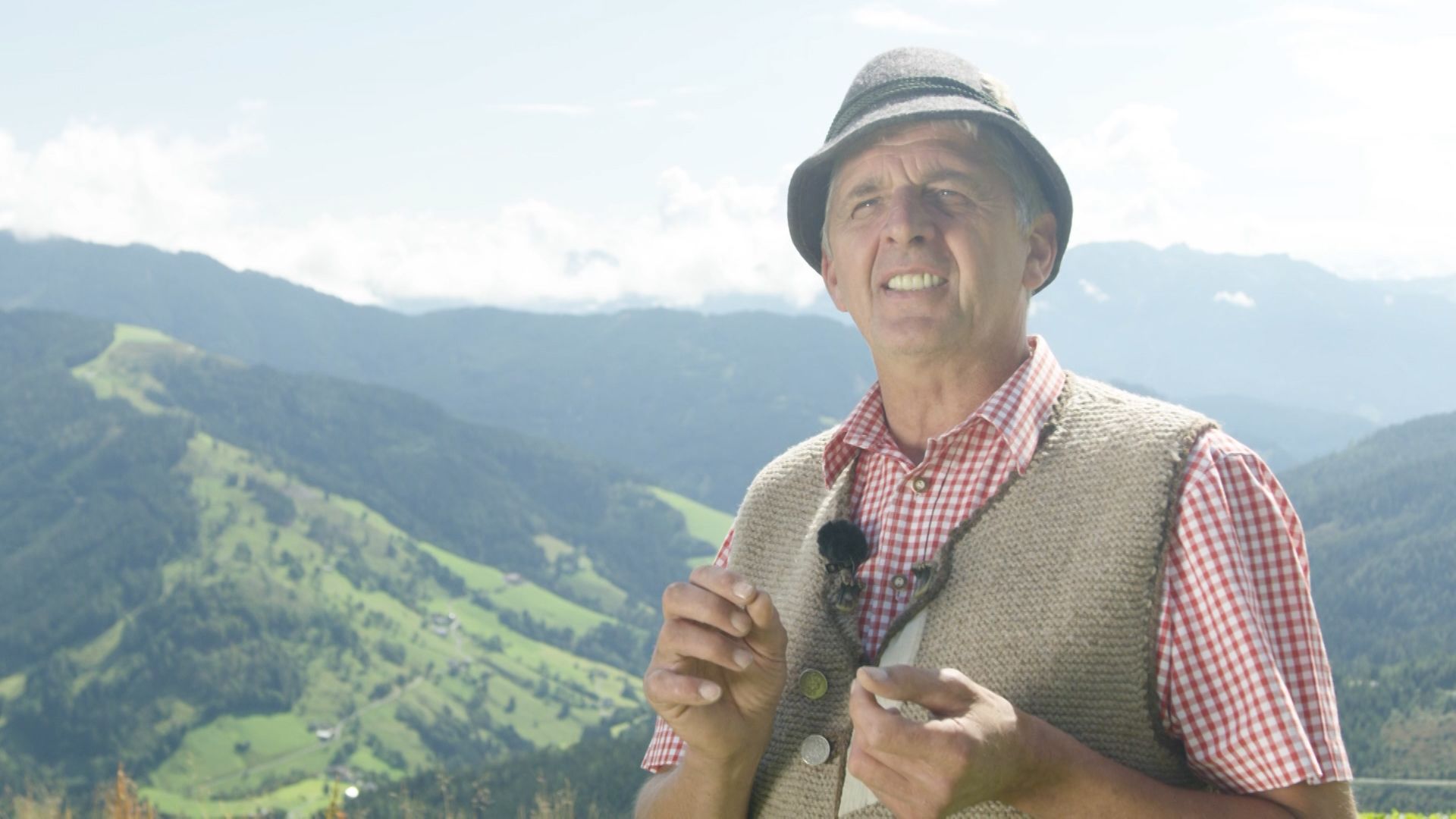
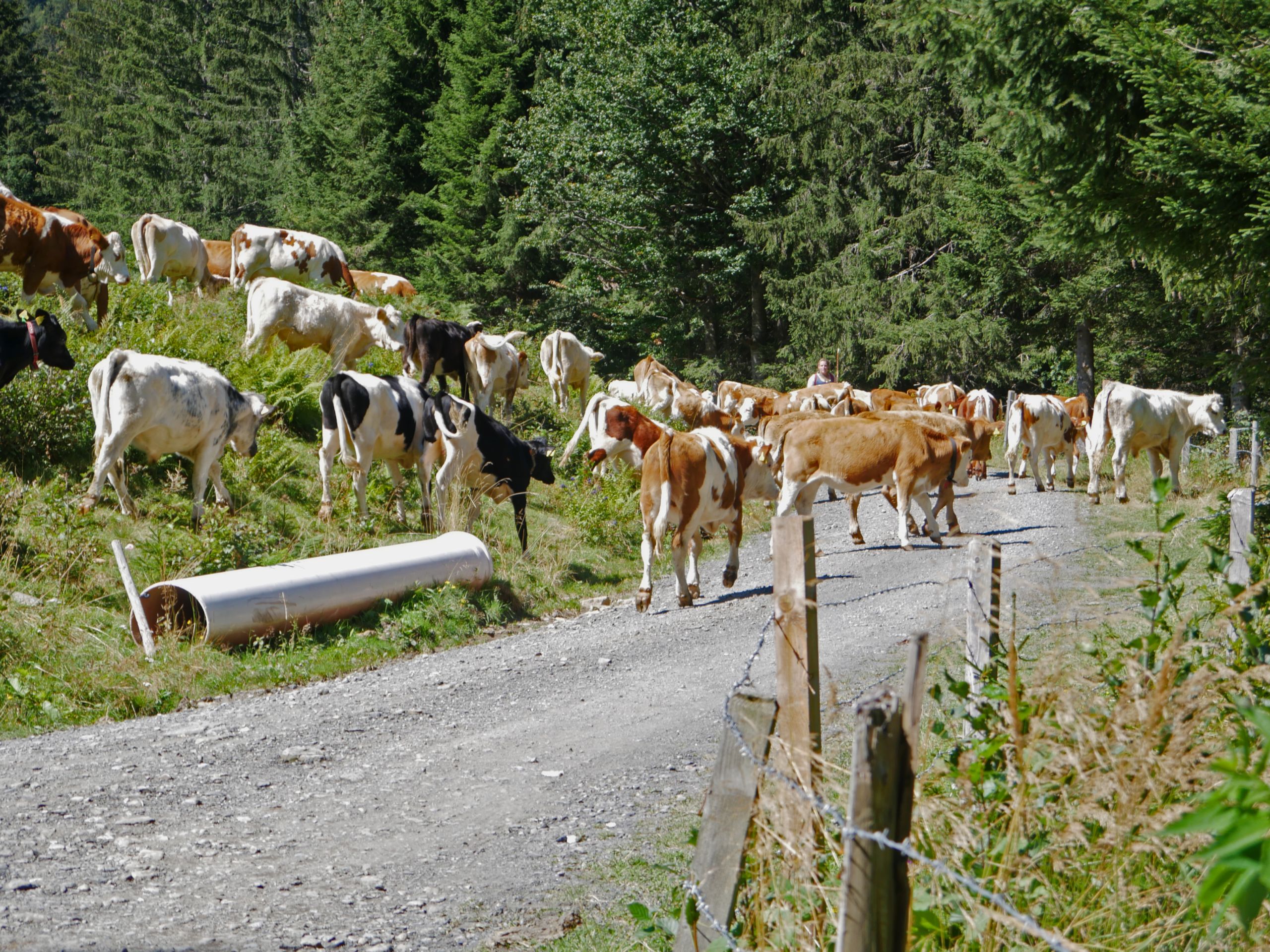
"It is a unique place to observe nature, to listen, to hear the individual noises and to enjoy the peace and quiet," reflects Klaus Vitzthum as he runs his worn farmer's hands through the glossy fur of his dog Lina.
Vitzthum is a mountain farmer and proud of his family's Austrian heritage, often wearing the traditional Lederhosen over his red and white checkered shirt. It's not the sort of outfit you would expect to see in downtown Vienna, but it is a reminder of the ancient traditions still observed by many locals in the Alps. From cheese-making to farming and even dancing, this age-old way of life has a charming effect on visitors and provides a reassuring continuity for those who live on the "alms."
Looking out from the bench of his hut perched 5 kilometers from the Germany-Austria border, Vitzthum continues to survey his homeland but knows the absorbing view is changing at an alarming pace.
It is late summer and Vitzthum and the other Austrian mountain farmers are preparing to return their cows to the valley. From April to September, cattle graze high up on the meadows of the Alps, known as alms, before returning to their winter homes. The grass aids milk production and is a free natural alternative to the cattle feed that is required when there isn't an abundance of foliage. But it is a change in the region's biodiversity that has brought this group of farmers together.
Throughout Austria, Alpine pastures have been reduced by 45 percent in the past 20 years because global warming is fueling a rapid expansion of the forest.
"Much more forage grows on our alpine pastures, and unfortunately, we have less and less animals on the alms," Vitzthum explains. "The mountain pastures are becoming overgrown and we are losing valuable feeding areas.
"There is only one dominant crop, and that is the forest. So if we stop cultivating our land, the forest will reclaim that habitat."
This story is part of CGTN Europe's series The Alps: Timeless and changing.


An alpine pasture in 2003, when it was regularly used by a farmer.
The same pasture in 2018, 12 years after it was abandoned.
Vitzthum is an ambassador for his trade and has become a leading voice in Austria on preserving the mountain after being named the President of the Pinzgau district chamber of agriculture. Together with his German counterpart Sigi Steinberger from the Bavarian Institute for Agriculture, they have a solution. It's called Koppelwirtschaft, or paddock economy, and draws on an idea born when the Holy Roman Empire ruled this part of Europe.
Steinberger describes the plan that mimics the feudal system of the 17th century when farmers worked together to maximize the land's potential: "We try to drive up enough cattle to completely graze the pastures.
"Through controlled grazing, we can build up a grazing pressure at times, so that the cattle push back these bushes, which otherwise overgrow the pastures."
Vitzthum wants his project to be rolled out across Austria, and is touring the country to convey his plan. "We want to take countermeasures [to global warming], and for this, we have started this project where we show the farmers how they can regain the Alpine pastures through controlled grazing."
Positive results can already be seen at the Reichalm project farm in Dienten. The homestead lies in the shadow of the Hochkönig, one of Austria's highest peaks, and is owned by Bernhard Kendlbacher and his wife Tanja, who host workshops for those who want to know more.
As the couple rest their backs on the wooden bench outside their home, they juggle their two restless children on their laps. In Austria, farming is a family business, and everyone is expected to help out, even in interviews.
Bernhard Kendlbacher is quick to point out the scheme needs more government backing to be successful. To reduce methane output and keep mountains accessible to hikers, current legislation limits the number of cows allowed to be driven to the high-altitude meadows; any farmer breaking these limits could be punished by receiving less of the much-needed government funding.
"Why should I free the pasture from the bushes?" asks Kendlbacher. "It will grow over again because I am not allowed to bring more cattle to the pasture. Now, it is up to the politicians to allow us to make more out of it [controlled grazing]."
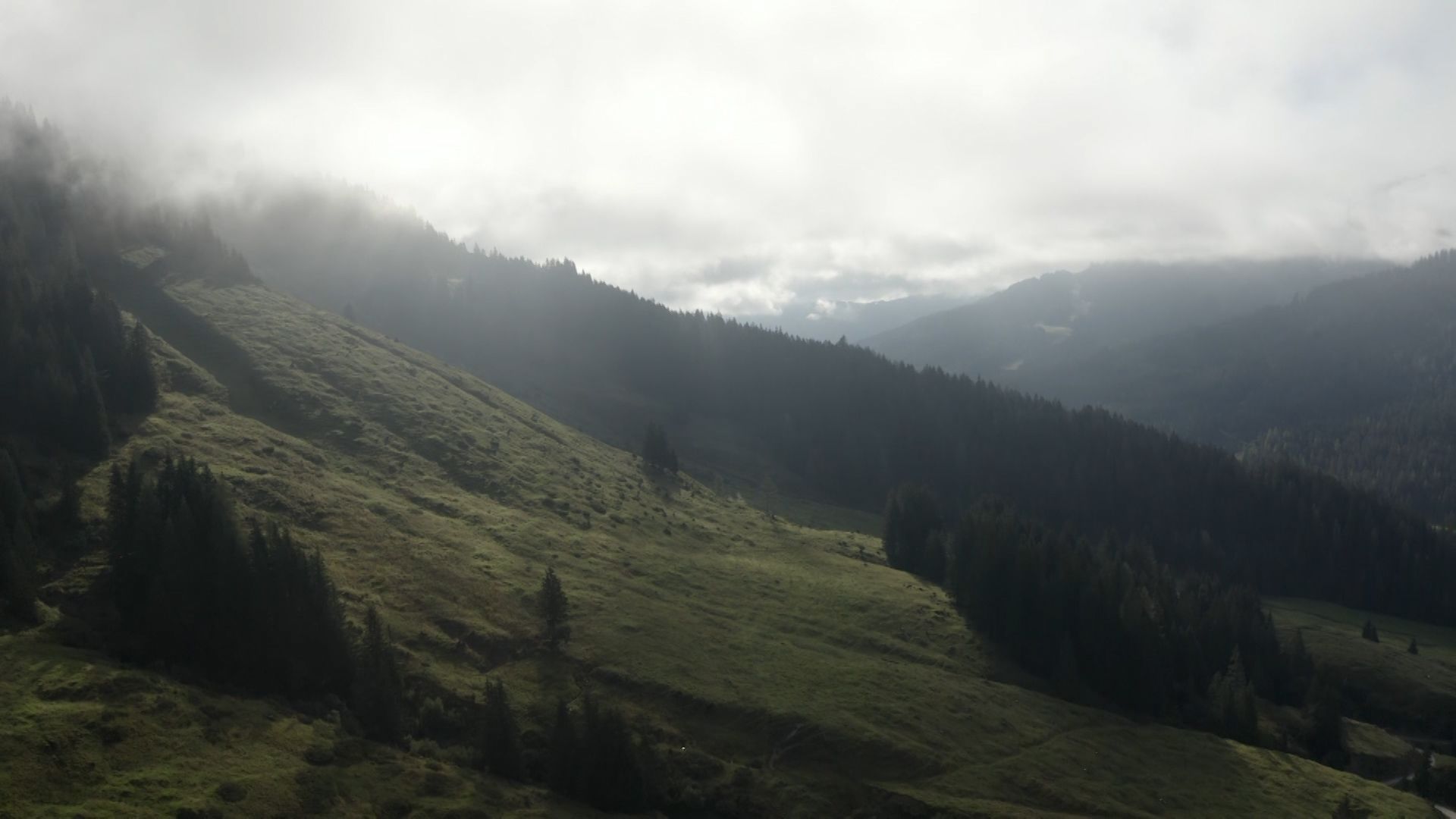
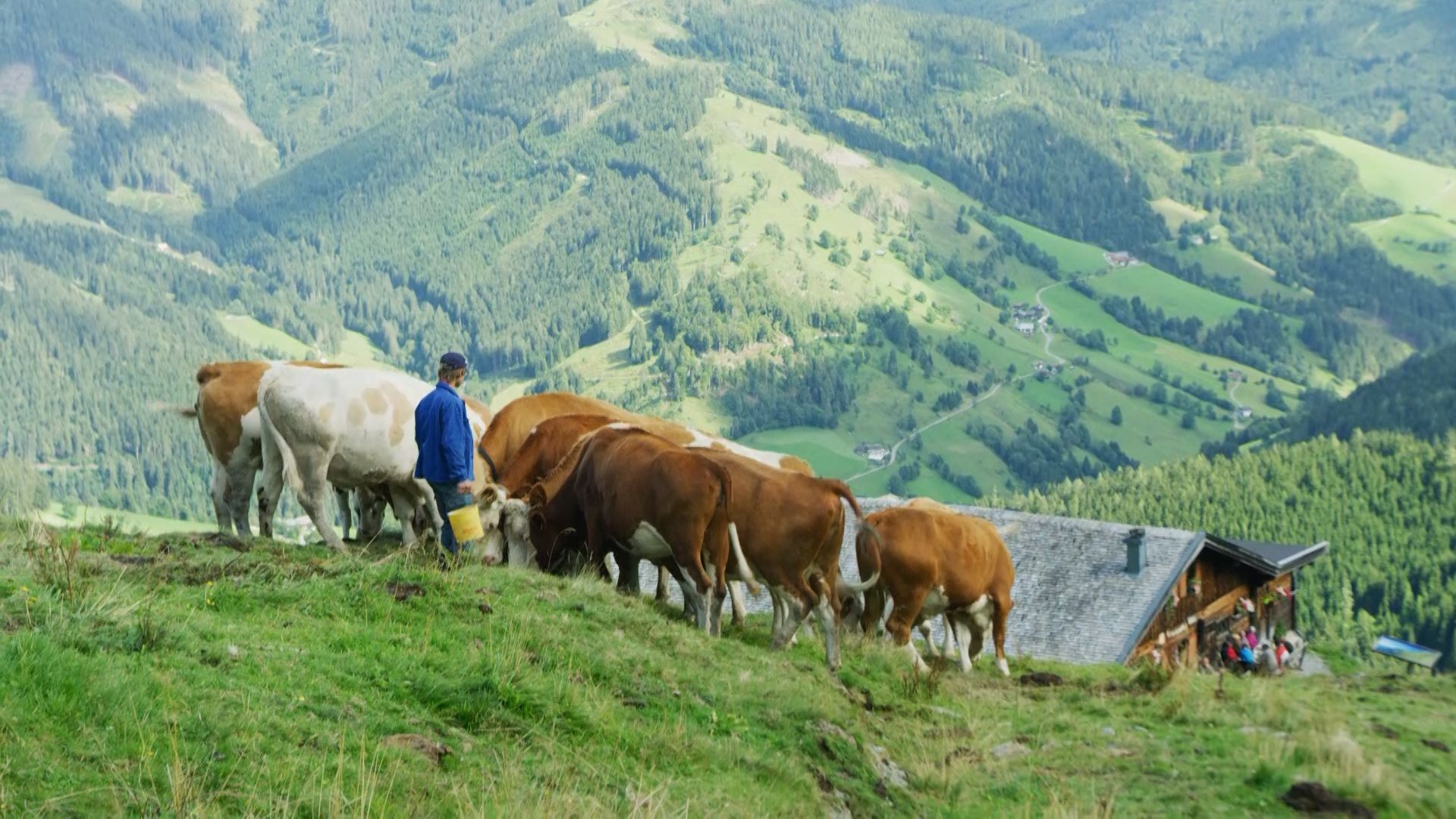
Vitzthum is an ambassador for his trade and has become a leading voice in Austria on preserving the mountain after being named the President of the Pinzgau district chamber of agriculture. Together with his German counterpart Sigi Steinberger from the Bavarian Institute for Agriculture, they have a solution. It's called Koppelwirtschaft, or paddock economy, and draws on an idea born when the Holy Roman Empire ruled this part of Europe.
Steinberger describes the plan that mimics the feudal system of the 17th century when farmers worked together to maximize the land's potential: "We try to drive up enough cattle to completely graze the pastures.
"Through controlled grazing, we can build up a grazing pressure at times, so that the cattle push back these bushes, which otherwise overgrow the pastures."
Vitzthum wants his project to be rolled out across Austria, and is touring the country to convey his plan. "We want to take countermeasures [to global warming], and for this, we have started this project where we show the farmers how they can regain the Alpine pastures through controlled grazing."
Positive results can already be seen at the Reichalm project farm in Dienten. The homestead lies in the shadow of the Hochkönig, one of Austria's highest peaks, and is owned by Bernhard Kendlbacher and his wife Tanja, who host workshops for those who want to know more.
As the couple rest their backs on the wooden bench outside their home, they juggle their two restless children on their laps. In Austria, farming is a family business, and everyone is expected to help out, even in interviews.
Bernhard Kendlbacher is quick to point out the scheme needs more government backing to be successful. To reduce methane output and keep mountains accessible to hikers, current legislation limits the number of cows allowed to be driven to the high-altitude meadows; any farmer breaking these limits could be punished by receiving less of the much-needed government funding.
"Why should I free the pasture from the bushes?" asks Kendlbacher. "It will grow over again because I am not allowed to bring more cattle to the pasture. Now, it is up to the politicians to allow us to make more out of it [controlled grazing]."


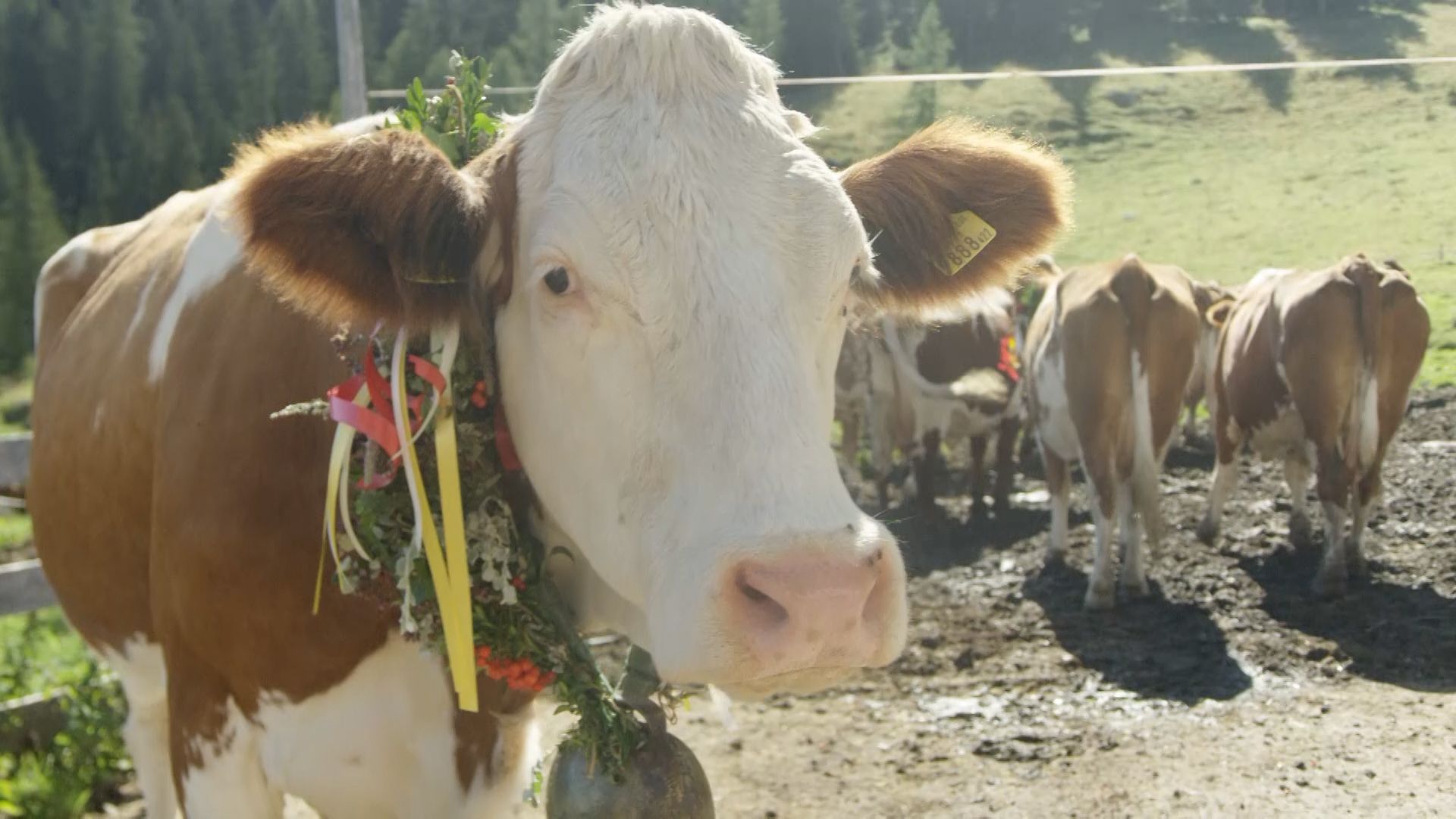
Kendlbacher drives his 70 cows and calves to the Alpine pastures every summer and takes 80 more Fleckvieh cows from his neighboring farmers.
The Fleckvieh is a "super breed," renowned for its dual ability to produce high quantities of milk and be athletic enough to climb the mountain slopes. This meadow mower can generate enough milk to fill 64,000 cereal bowls in a single lactation and 75 percent of all cattle in Austria are Fleckvieh.
But the cows need the farmers – and commuting up and down Europe's largest mountain range takes a significant toll on the body.
"When my last 50 cows were loaded for sale, I was infinitely sad," Andreas Tiefenbacher recollects. Like Kendlbacher, he was raised on the mountain but was forced to sell his herd when injury struck.
"Being a farmer had always been my dream job, but one day I couldn't even sit in the tractor anymore." His spine was no longer able to support his daily routine and so Tiefenbacher rented out the farm.
The subsidy system had been successful in bringing tourists to the region in the summer months and many locals had turned farmyards into bed and breakfast venues to cater for the new demand.
These three farmers among others are now convincing local governments of the merits of controlled grazing and in the Salzburger region have won support to maintain the diverse habitat of this part of the Alps.
And what is the end result of these farmers' efforts? Bergkase – German for 'mountain cheese' – is a hard, Gruyere-style cheese. It's sold to hikers on trails across Austria, but it also has a much wider appreciative audience.
Patricia Michelson, who founded the award-winning La Fromagerie store in London, says the cows' diet of varied Alpine plants and natural spring water makes the cheese "as close to nature as possible."
She sells Bergkase from Bregenzer Wald in Austria. She describes it as "A truly exceptional cheese with sweet, nutty flavors alongside the salty crystallization and chewy texture," and her customers snap it up at a price of $55.44 per kilogram.
Clearly the market exists for the fine cheese provided by the mountaintop farmers of the Austrian Alps. Hopefully they can continue to reach that market for many years to come.
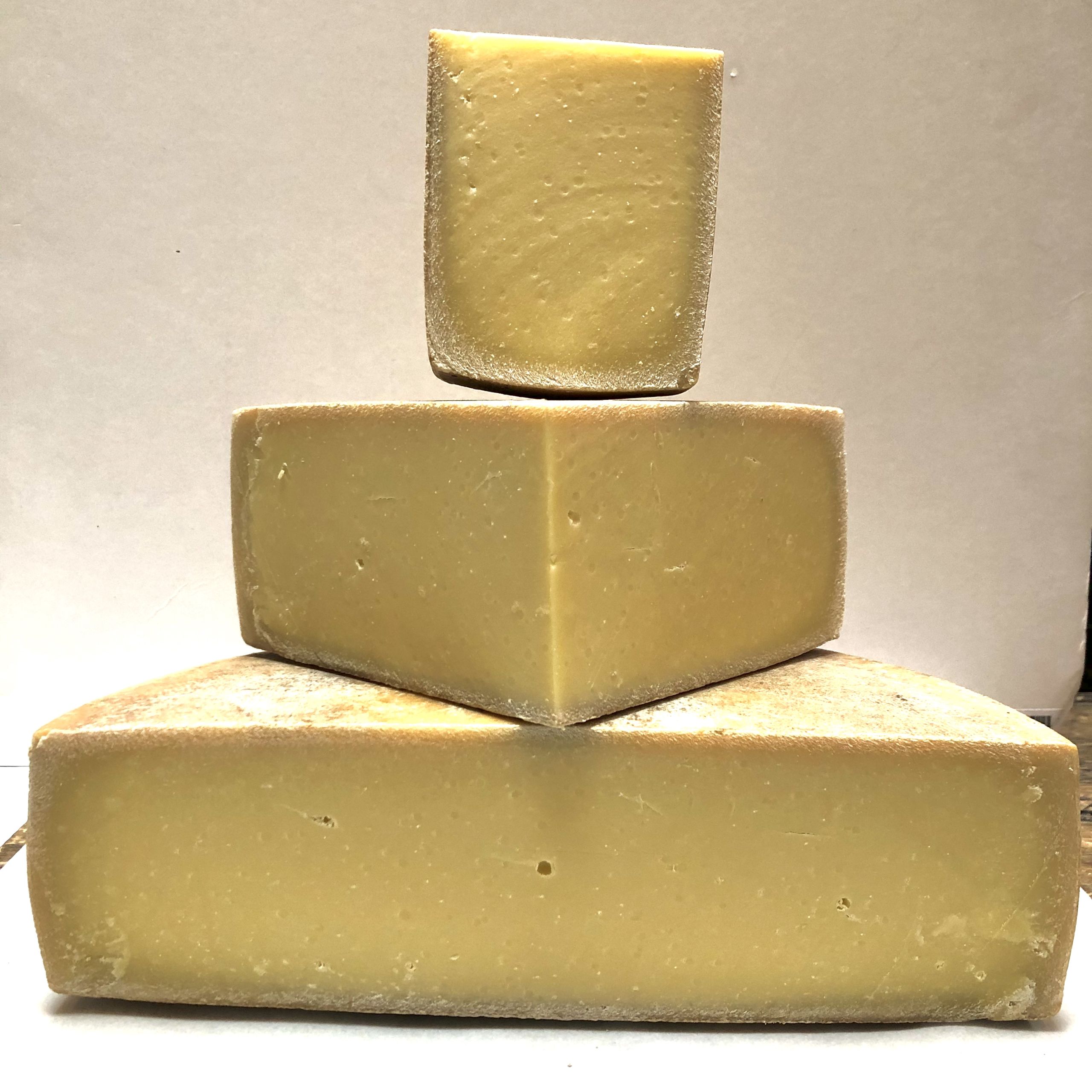
Credit: Patricia Michelson
Credit: Patricia Michelson
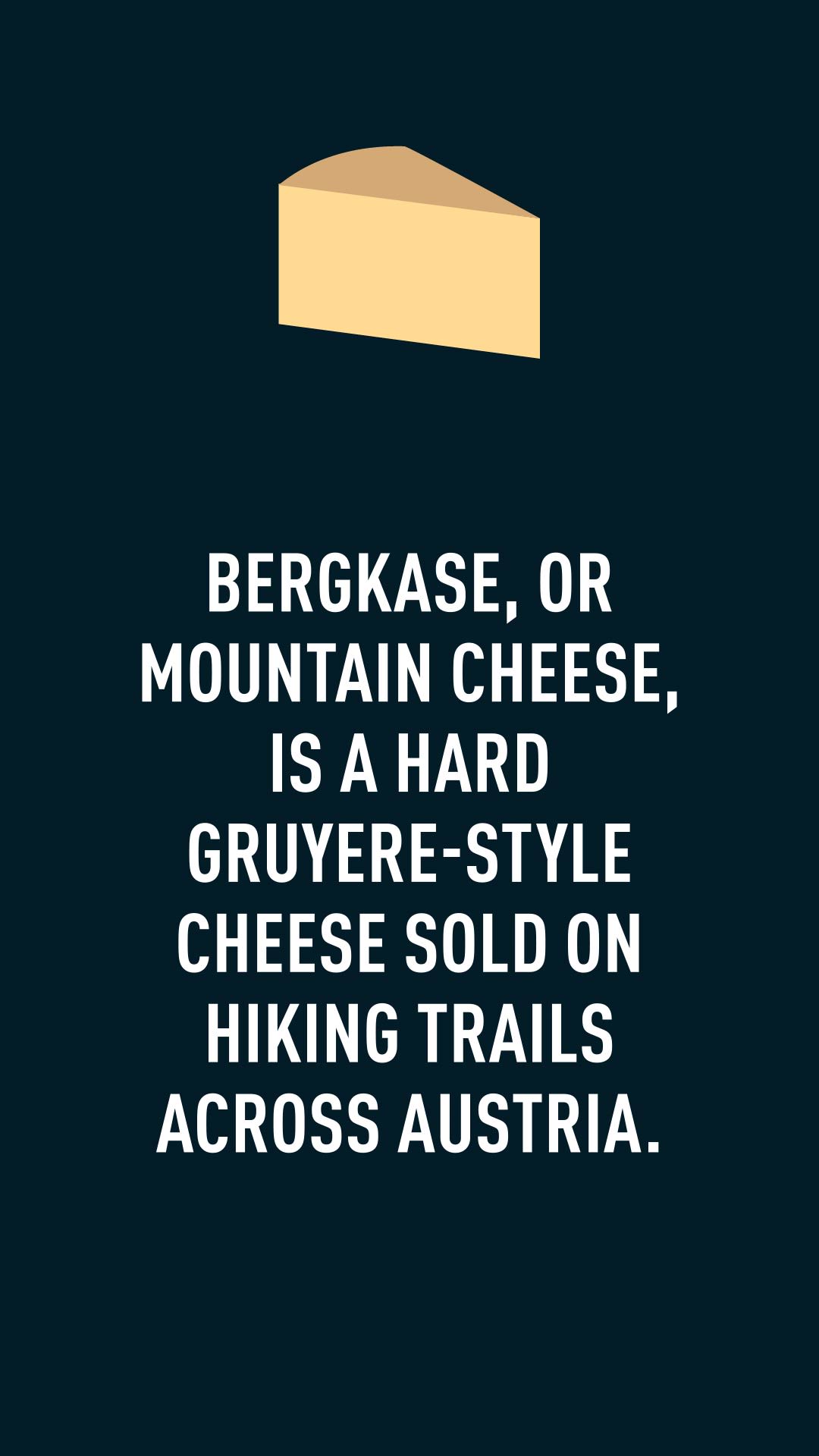
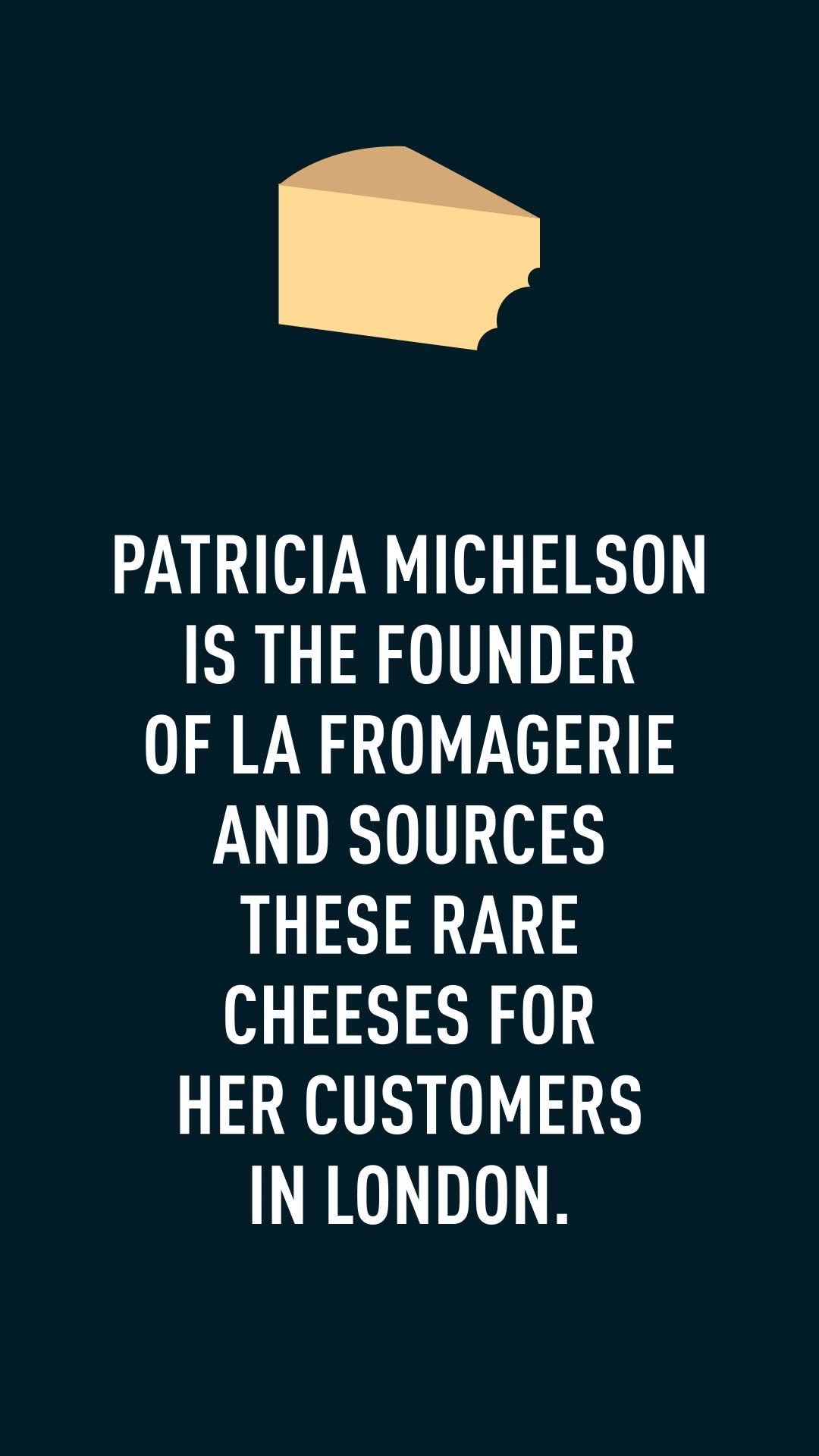
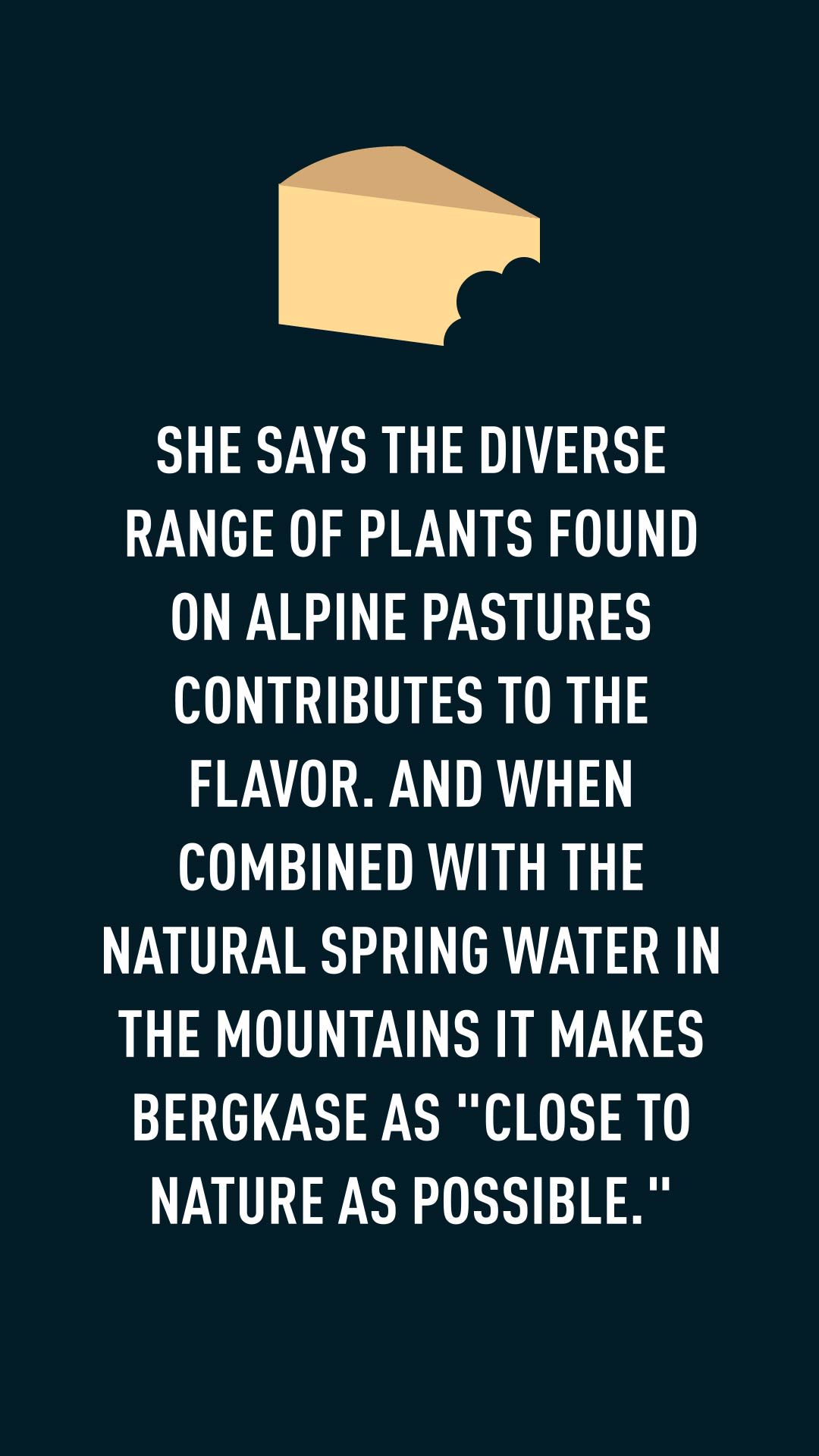
Kendlbacher drives his 70 cows and calves to the Alpine pastures every summer and takes 80 more Fleckvieh cows from his neighboring farmers.
The Fleckvieh is a "super breed," renowned for its dual ability to produce high quantities of milk and be athletic enough to climb the mountain slopes. This meadow mower can generate enough milk to fill 64,000 cereal bowls in a single lactation and 75 percent of all cattle in Austria are Fleckvieh.
But the cows need the farmers – and commuting up and down Europe's largest mountain range takes a significant toll on the body.
"When my last 50 cows were loaded for sale, I was infinitely sad," Andreas Tiefenbacher recollects. Like Kendlbacher, he was raised on the mountain but was forced to sell his herd when injury struck.
"Being a farmer had always been my dream job, but one day I couldn't even sit in the tractor anymore." His spine was no longer able to support his daily routine and so Tiefenbacher rented out the farm.
The subsidy system had been successful in bringing tourists to the region in the summer months and many locals had turned farmyards into bed and breakfast venues to cater for the new demand.
These three farmers among others are now convincing local governments of the merits of controlled grazing and in the Salzburger region have won support to maintain the diverse habitat of this part of the Alps.
And what is the end result of these farmers' efforts? Bergkase – German for 'mountain cheese' – is a hard, Gruyere-style cheese. It's sold to hikers on trails across Austria, but it also has a much wider appreciative audience.
Patricia Michelson, who founded the award-winning La Fromagerie store in London, says the cows' diet of varied Alpine plants and natural spring water makes the cheese "as close to nature as possible."
She sells Bergkase from Bregenzer Wald in Austria. She describes it as "A truly exceptional cheese with sweet, nutty flavors alongside the salty crystallization and chewy texture," and her customers snap it up at a price of $55.44 per kilogram.
Clearly the market exists for the fine cheese provided by the mountaintop farmers of the Austrian Alps. Hopefully they can continue to reach that market for many years to come.




Credit: Patricia Michelson
Credit: Patricia Michelson
Credits:
Aerial images of farmland: Agrarmarkt Austria.
Interviews: Johannes Pleschberger. Video producer: Simon Ormiston. Video editor: Pedro Duarte. Animator: James Sandifer.

CGTN EUROPE 2020
